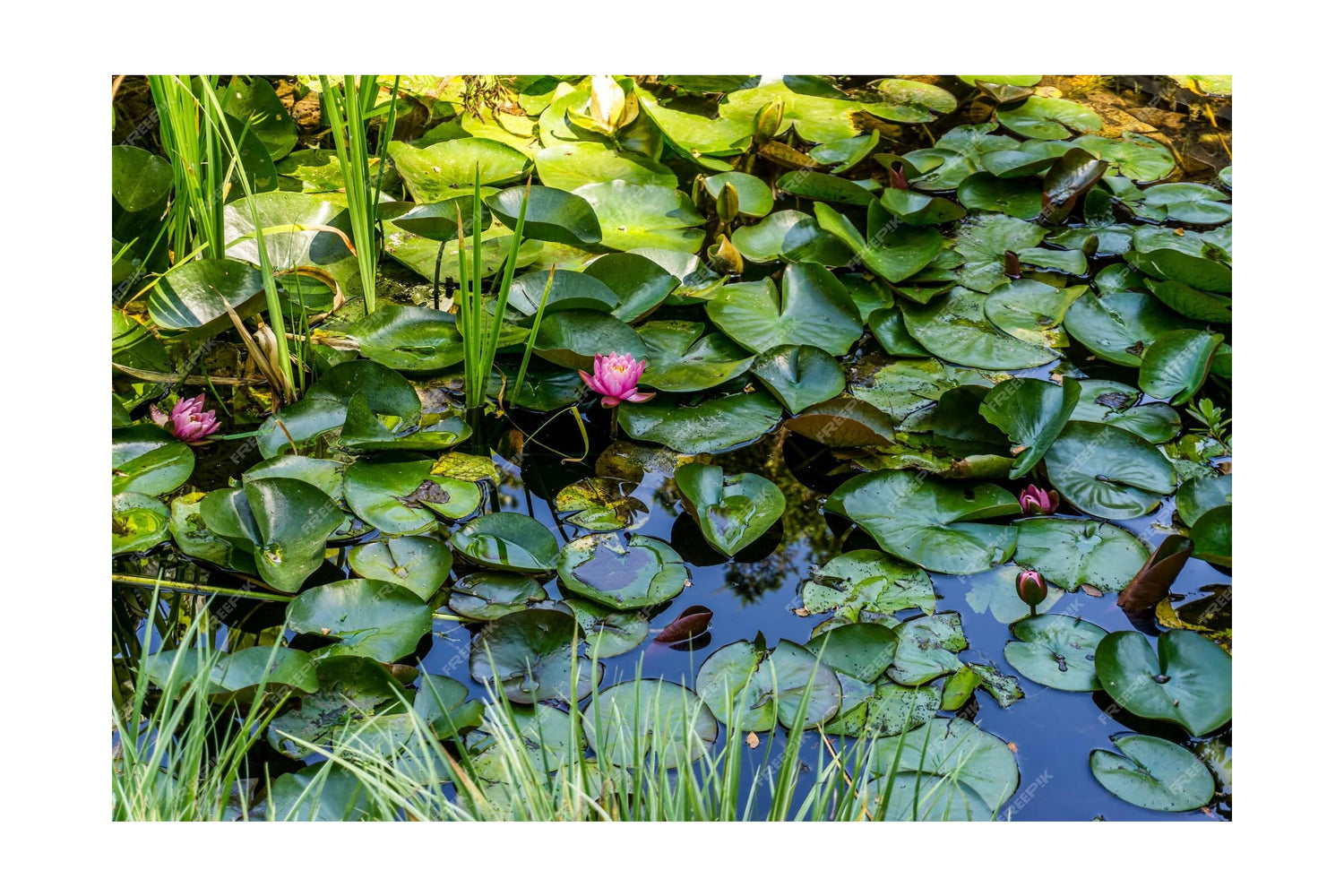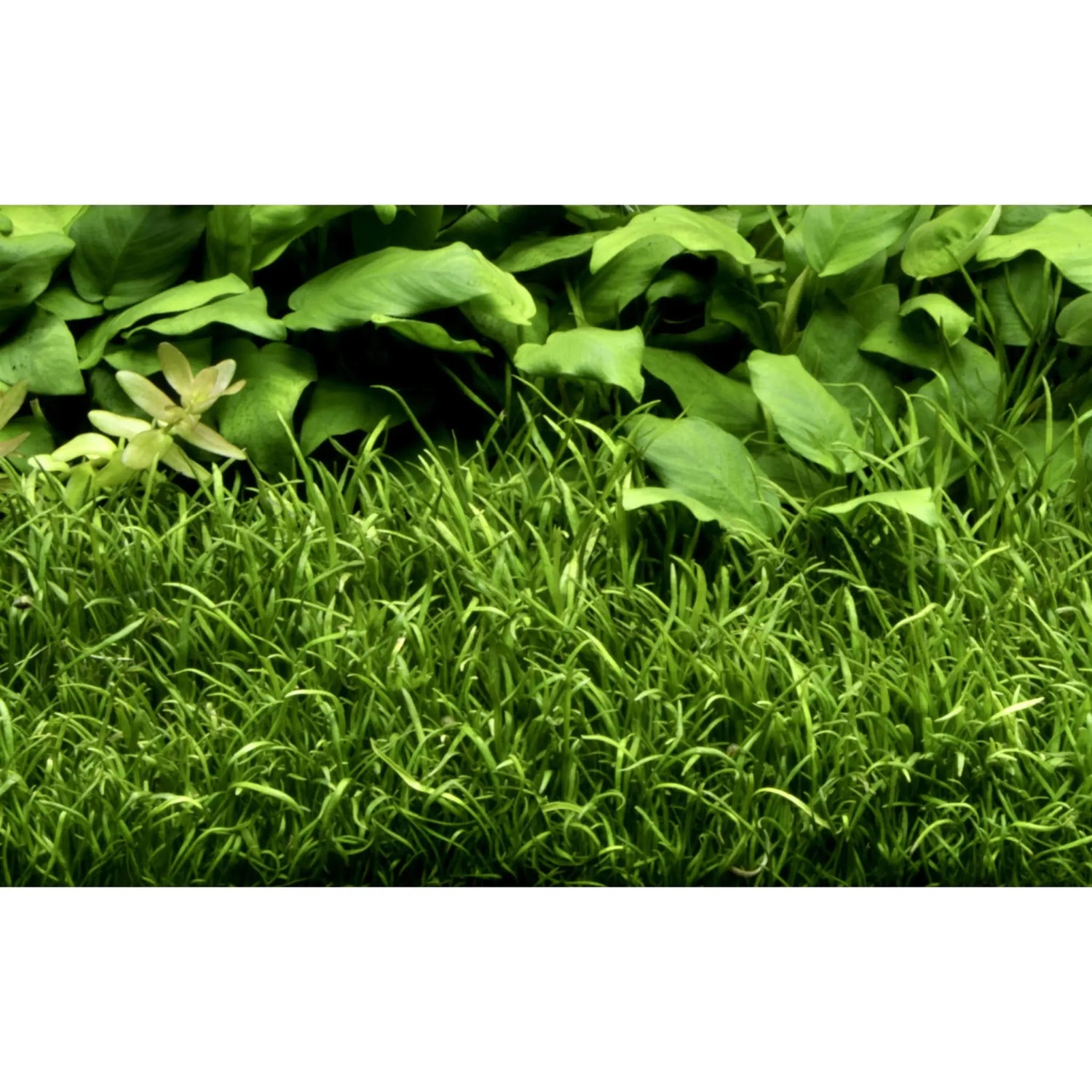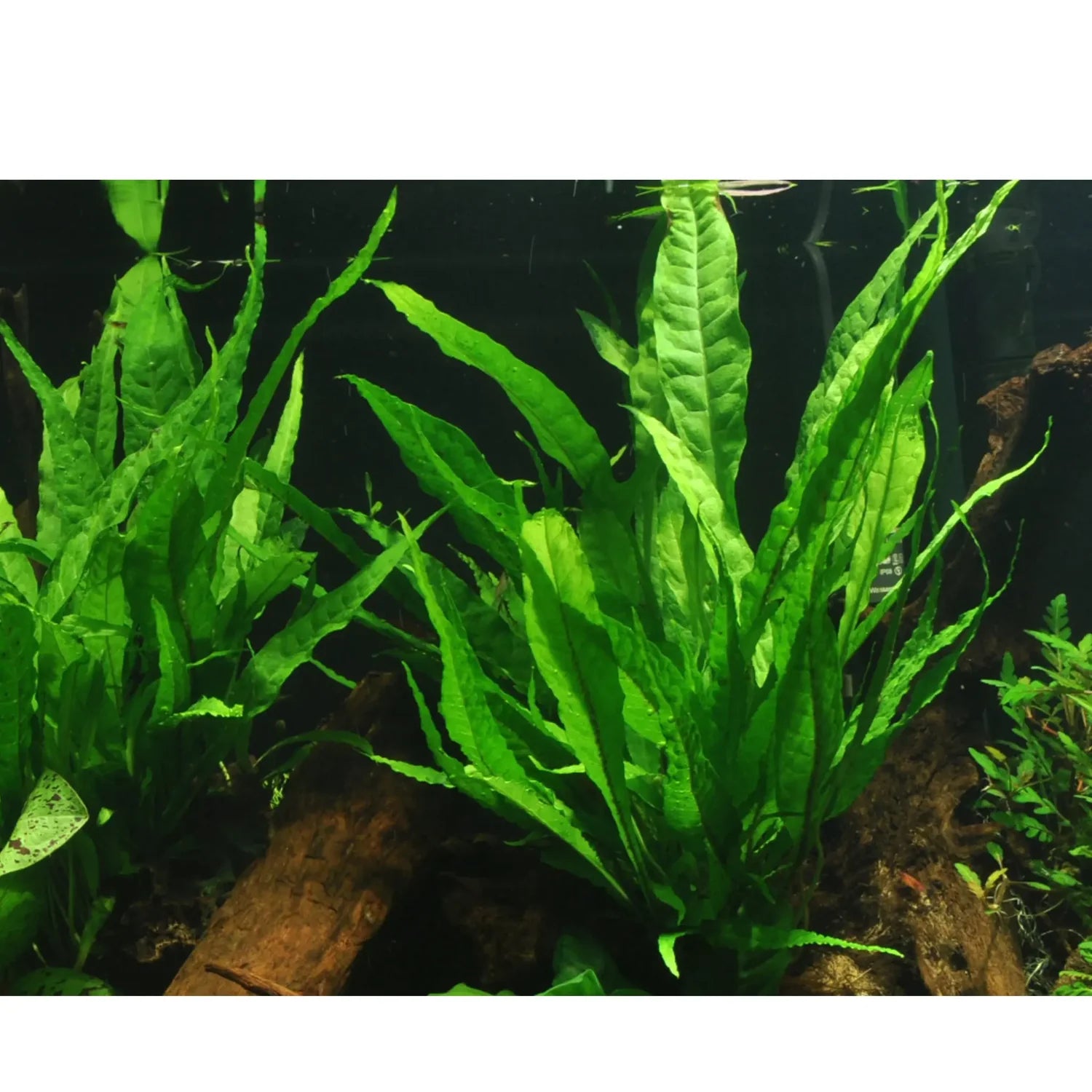Having aquatic plants, such as pond lilies, in ponds or water features offers numerous benefits that contribute to the overall health and beauty of the aquatic environment. These plants play a vital role in maintaining a balanced ecosystem and provide both aesthetic and functional advantages.
First and foremost, aquatic plants like pond lilies enhance the visual appeal of ponds and water features. Their floating leaves and vibrant flowers create an enchanting scene that adds a touch of natural beauty to any landscape. The variety of colors and textures they offer can transform an ordinary pond into a captivating focal point, attracting attention and admiration.

Beyond their aesthetic value, aquatic plants also serve several practical purposes. One significant benefit is their role in maintaining water quality. Pond lilies, along with other aquatic plants, help in naturally filtering the water by absorbing excess nutrients like nitrates and phosphates. This process reduces the likelihood of algal blooms and helps to keep the water clear and balanced. Additionally, their root systems provide a habitat for beneficial bacteria that assist in breaking down organic matter and reducing harmful compounds.
Aquatic plants also contribute to the overall health of the pond ecosystem by providing shelter and food for various organisms. They offer a habitat for small fish, frogs, insects, and other aquatic creatures, providing them with protection from predators and breeding grounds. The plants' foliage offers shade, which helps to regulate water temperature and prevents excessive evaporation, thus creating a more stable environment for aquatic life.
Furthermore, pond lilies play a role in maintaining ecological balance by oxygenating the water. Through a process called photosynthesis, these plants absorb carbon dioxide and release oxygen, thereby enriching the water with vital oxygen for fish and other aquatic organisms. If you're reading this post in the spring or summer, see our range of pond lilies here.





